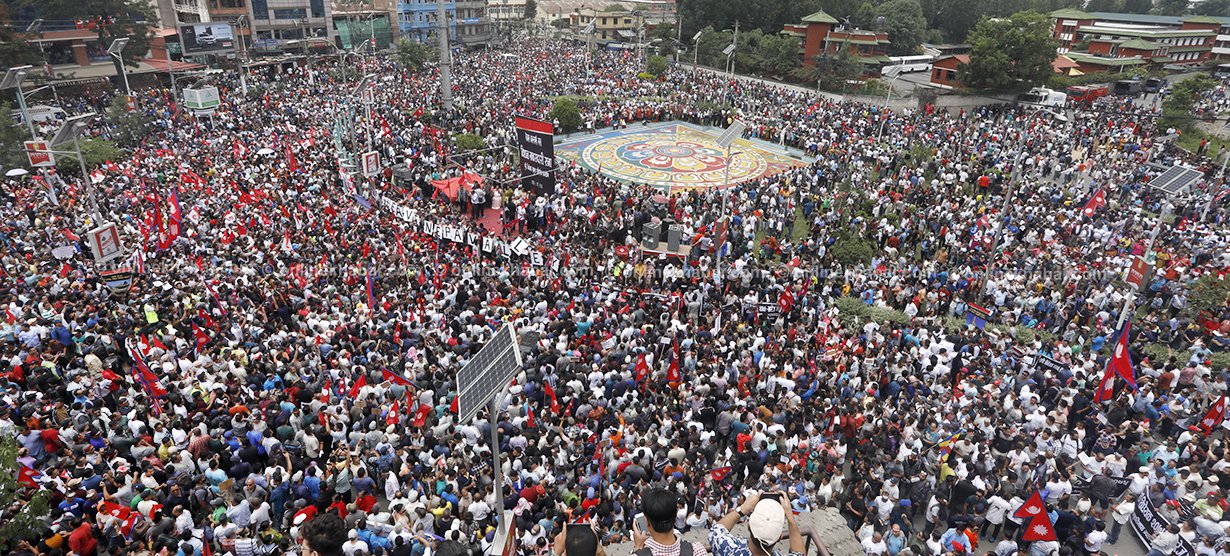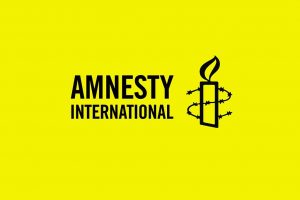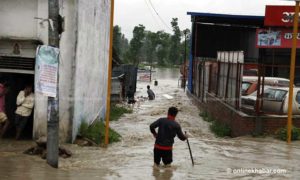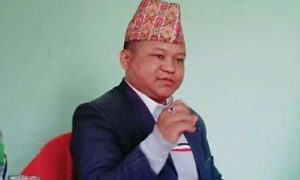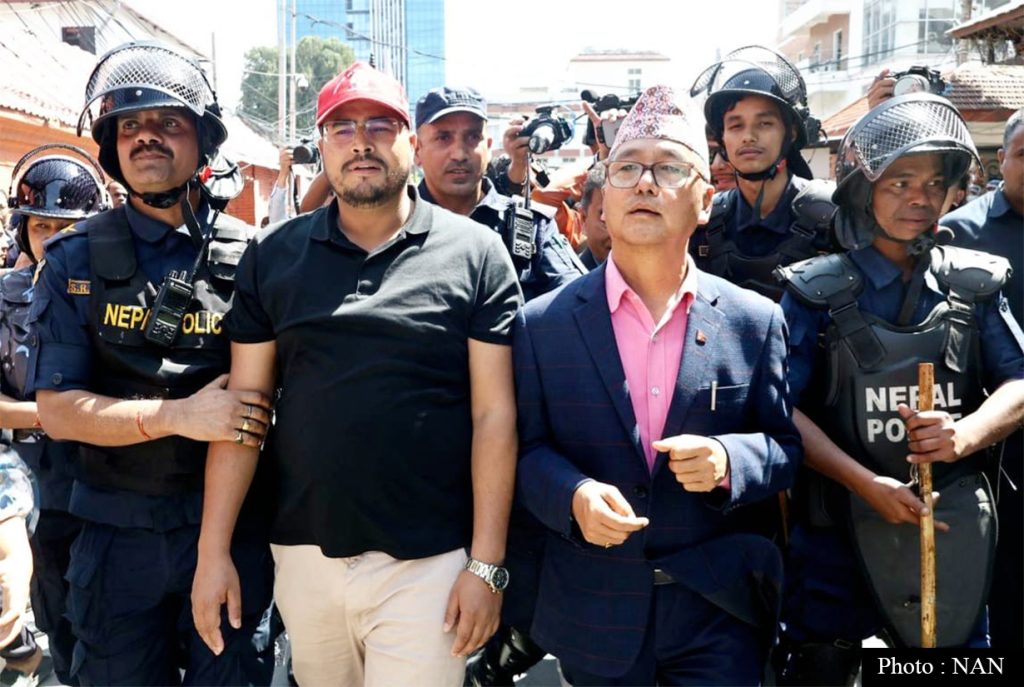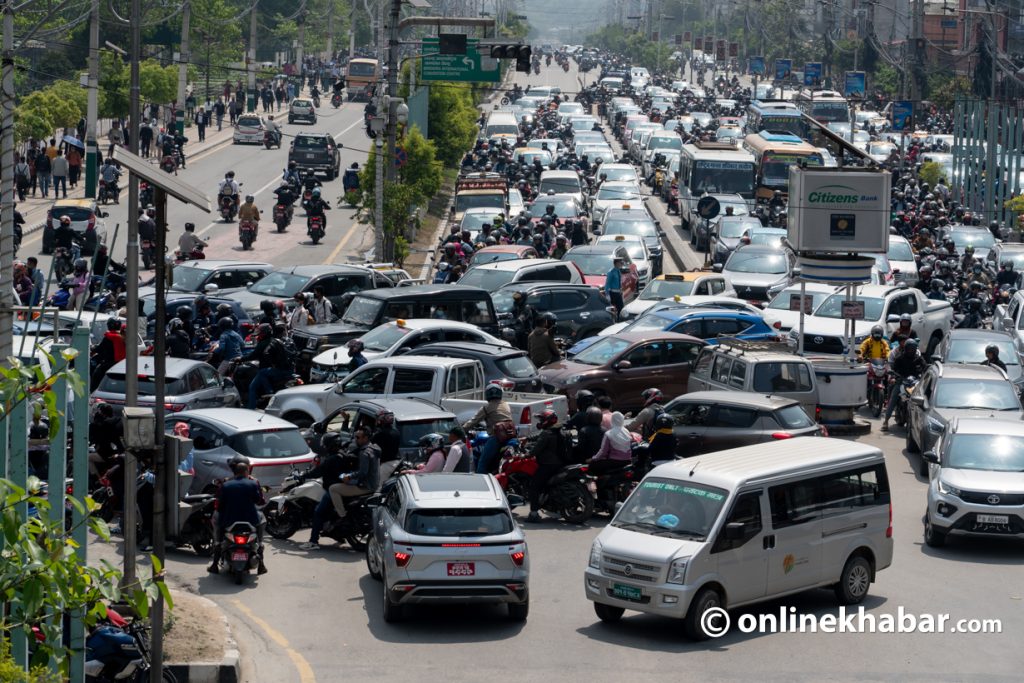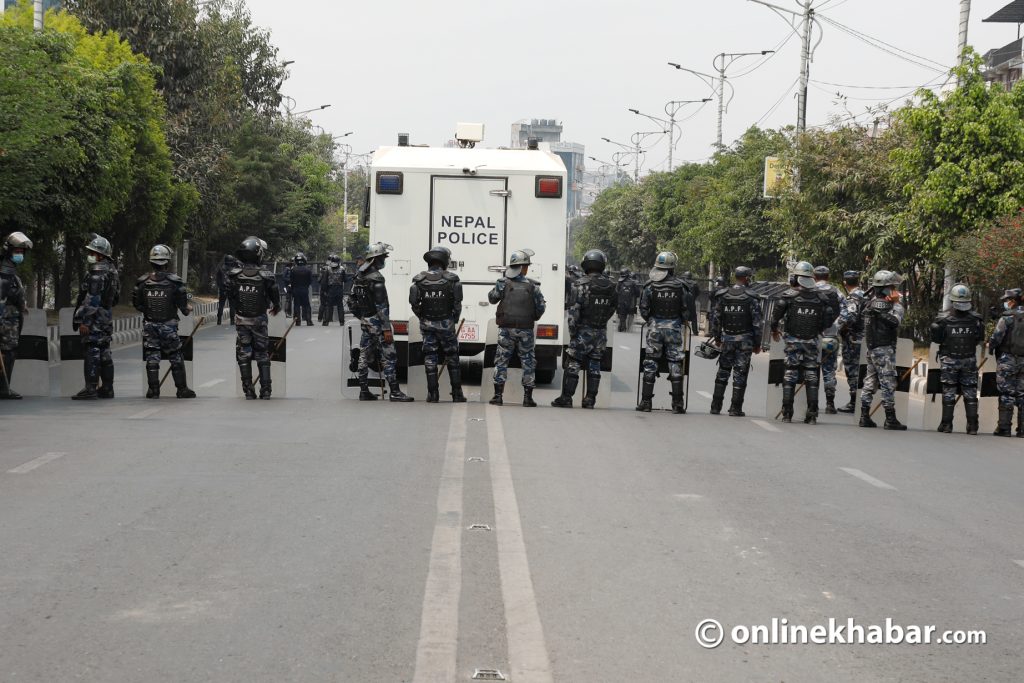Nepal takes is well known for and takes pride in the diverse cultural and ethnic groups residing in the country. Kathmandu, the capital city, has become a melting pot with a harmonious mix of such groups, along with rich indigenous communities who are natives of this place.
But, not everyone understands the feelings, and there have been some misunderstandings about the indigenous communities of a place. Meanwhile, there have been some events when the indigenous people were able to get some standalone recognition.
Below are five major events and achievements in Nepal’s history that secured the proud existence of indigenous communities.
1. Recognition of Nepal Bhasa

Nepal Bhasa, mostly known as the Newar language, is one of the ethnic, indigenous languages spoken by people of the Newa community, native residents of the Kathmandu valley.
In the past, the national language of medieval Nepal was Nepal Bhasa. However, as the Shah dynasty came into power, “Khas language (or Nepali)” got an upper hand. In 1905, during the Rana regime, a law was passed and it established the Khas language as the national language of Nepal.
Even after democracy, Nepal Bhasa had a difficult time catching up. When Nepal Bhasa was included in the school curriculum in 1953, students were taught Nepal Bhasa in schools and colleges around the Kathmandu valley.
In June 2017, the Kathmandu metropolitan city (KMC) announced its plans to set up a separate desk to provide help, facilities on Nepal Bhasa. Following this, the KMC and the Lalitpur metropolitan city (LMC) included Nepal Bhasa in all its official papers and signs with an option in the offices to interact, file papers for clerical works in Nepal Bhasa.
On March 13, 2021, the KMC also announced that Nepal Bhasa will be included in the school curriculum from Grade I to VIII as a compulsory subject. This has further solidified the steps to preserve and promote the beauty of Newar culture and tradition.
2. Reservation system

In 2001-2005, the Nepal government initiated the Governance Reform Programme to improve the marginalised status of indigenous communities. During this period, a reservation system was introduced for the first time.
In the new Civil Service Act, a reservation system was introduced to protect the seats for ethnic groups, women, and the disabled. The provision says when any office recruits employees, 33 per cent of seats needed to be reserved for women, 22 per cent for Madhesis, 27 per cent for indigenous communities, 9 per cent for Dalits (untouchable), 5 per cent for disabled and the remaining 4 per cent for economically backward peoples. This system has increased the participation of marginalised groups in the developmental sectors.
3. Public holidays on indigenous festivals

After the 2006 people’s revolution and promulgation of the new constitution of Nepal in 2015, the government recognised many festivals of indigenous communities.
Then, the government of Nepal declared that a number of festivals celebrated by the indigenous people would be celebrated as public holidays. This announcement resulted in Nepal being the country with the highest public holidays. But, in 2018, the Ministry of Home Affairs removed some of these festivals such as Sonam Loshar, Gyalpo Lhosar, Tamu Lhosar, Udhauli, etc.
This incident aggravated many ethnic, indigenous groups. In collaboration with the Nepal Federation of Indigenous Nationalities (NEFIN), they raised their voice against the decisions. Then, some of the festivals were reinstated, in 2019, whereas others got the status of regional holidays or conditional holidays for women or certain communities.
4. Withdrawal of the Guthi Bill

On April 29, 2019, the then Land Management Minister Padma Kumari Aryal tabled a bill in the Upper House for the maintenance, control of all the cultural and religious heritage sites replacing the existing guthi system.
This bill created a risk of old customs and traditions going extinct forever. Every single day after the bill was proposed, the indigenous people of Kathmandu valley, the Newa community, and those in solidarity with the community poured onto the streets demanding the withdrawal of the Guthi Bill.
Thousands of people came in protest atMaitighar Mandala, time and again, causing one of the most populated protests in the country. Finally, the bill was withdrawn.
5. Provision for land, territories and resources
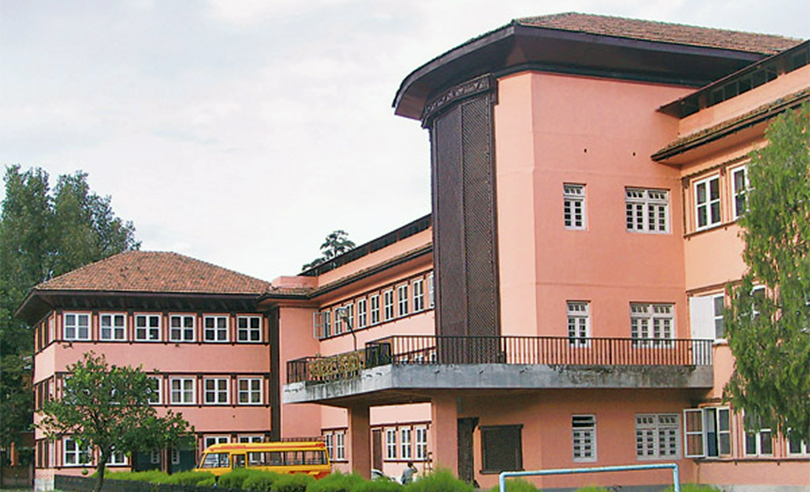
On December 31, 2018, a landmark directive was issued by the Supreme Court. The court said it was essential in order to protect the culture and social structure of the Barams, one of the indigenous marginalised groups. The court observed that in article 56 of the constitution, it is specified that “any special, protected or autonomous region can be established under the federal law for social, cultural protection or economic development.”
The order from the court also sparked a fire within the other indigenous groups including Majhis, Newas, Magars, Kiratis, and Santhals to demand separate protected, autonomous areas.



